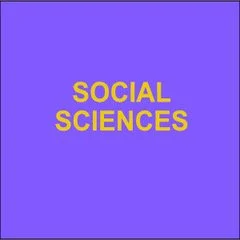By Peter Moore.
Sydney. Penguin. 2018. 438p.
Moore provides a detailed account of the construction and design of the Endeavour, as well as the scientific instruments and equipment carried on board. He describes Cook's journey to Tahiti to observe the transit of Venus, and his subsequent exploration of the Pacific, including the discovery of New Zealand and the east coast of Australia.
The book also explores the social and cultural dimensions of Cook's voyage, including the encounters between European explorers and the indigenous peoples of the Pacific. Moore discusses the impact of Cook's voyage on European perceptions of the world and the development of scientific knowledge, including the study of botany, astronomy, and geography.
Throughout the book, Moore emphasizes the importance of the Endeavour as a symbol of the scientific and technological advances of the 18th century, and the spirit of curiosity and exploration that drove Cook and his crew. He also discusses the legacy of Cook's voyage and its impact on the history of the Pacific region.





















